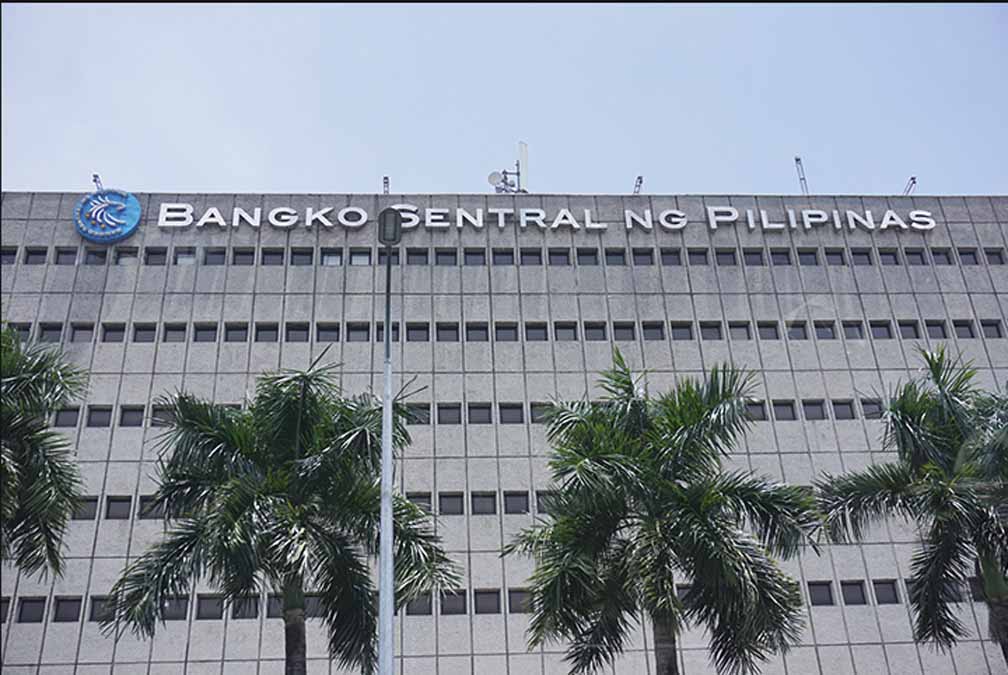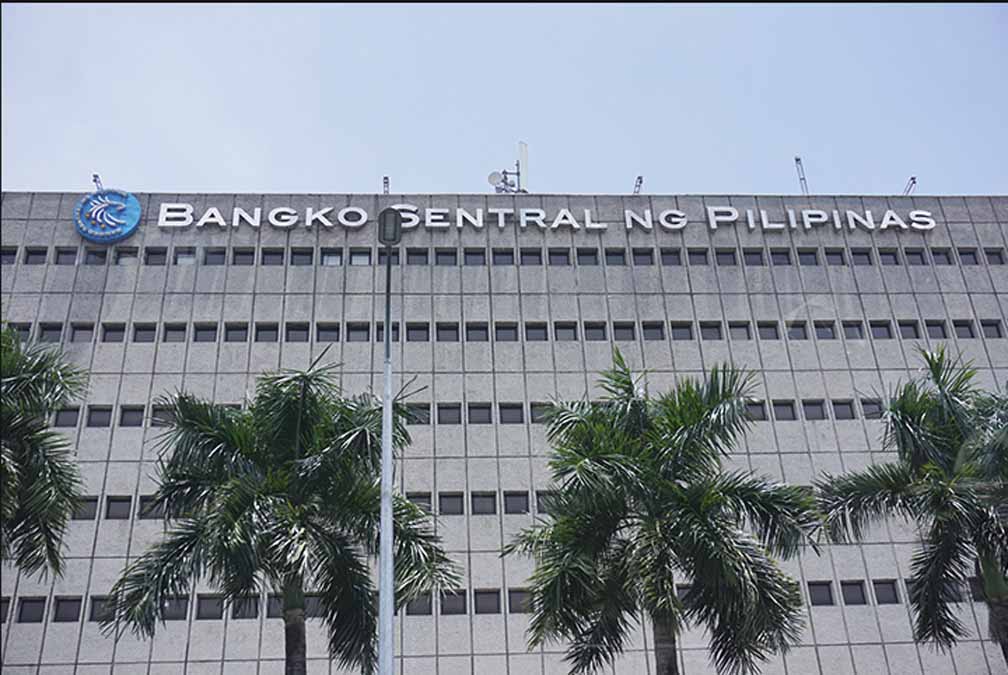
THE Bangko Sentral ng Pilipinas (BSP) announced on Monday that it is eyeing to circulate—on a limited and trial basis—new P1,000 banknotes made from polymer.
In a virtual news briefing last Monday, BSP Deputy Governor Mamerto E. Tangonan said the limited test run—which they target to conduct by 2022—will help the BSP evaluate if the Philippines is ready to shift to polymer notes.
Currently, Philippine banknotes are composed of 80-percent cotton and 20-percent abaca. Cotton, to note, is a natural polymer.
Other countries such as the United Kingdom, Australia and Canada are currently using polymer in their currencies.
Tangonan said in light of the global health crisis, polymer banknotes are seen to be more hygienic and sanitary, as other central banks have reported that they are less likely to host viruses and bacteria due to their smooth and non-absorptive surfaces. Polymer banknotes can also be sanitized without damage, compared to paper banknotes.
The deputy governor also said polymer banknotes can be more durable, sustainable and cost-effective in production.
“The BSP is currently preparing for a limited circulation test of a polymer version of the 1,000-piso note to circulate in parallel with current notes to assess whether the benefits claimed by other central banks hold true under Philippine conditions,” Tangonan said.
He added that the test will help monetary officials to determine the effects of polymerization on hygiene and public health, environmental sustainability, as well as the lifespan, durability and counterfeiting rates of our money.
“It will also allow us to collect stakeholder feedback and observe changes in currency handling behavior,” Tangonan said.
He further said that the BSP is engaged in continuing consultations with the banking industry and that banks are generally receptive to the shift to polymer banknotes.
Also, based on a survey conducted by the BSP among automated teller machine service providers, majority of the ATMs in the country are capable of accepting polymer banknotes.
“The BSP is cautiously optimistic about the public benefits of a possible shift to polymer and believes in the capability of the country’s banking system to address the technical issues associated with this potential shift, as other countries have done,” Tangonan said.
Farmers’ concerns
ALTHOUGH the banking and financial system has remained open to the idea of new polymer banknotes, abaca farmers think otherwise.
The Philippine Council for Agriculture and Fisheries (DA-PCAF) Philippine Fiber Industry Development Authority (PhilFIDA) has recommended the BSP to retain abaca in the local banknotes to support the industry.
“We are, at the same time, taking seriously the concerns of abaca producers, especially those of smallholder farmers,” Tangonan said.
He added that the BSP has used abaca in banknotes since 2001 and the most recent official data reveal that the limited polymer test will displace around 0.1 to 0.2 percent of total abaca exports, representing 210 to 481 number of jobs.
To note, the government announced last September it will soon open a Center for Sustainable Polymers at Iligan City’s Mindanao State University-Iligan Institute of Technology.
“This research center, with funding that amounts to around P107 million, aims to generate sustainable polymers or polymers that pose no harm to the environment or human health,” a statement by the Department of Science and Technology (DOST) said. “This is done by infusing natural polymers like plant fibers [wool, cotton] with synthetic polymers to make high-value, cost-effective and industry-ready products.”
“Once fully operational, about 150,000 Filipino coconut farmers will benefit in generating extra income by sending their coconut by-products to this facility,” the DOST added.

